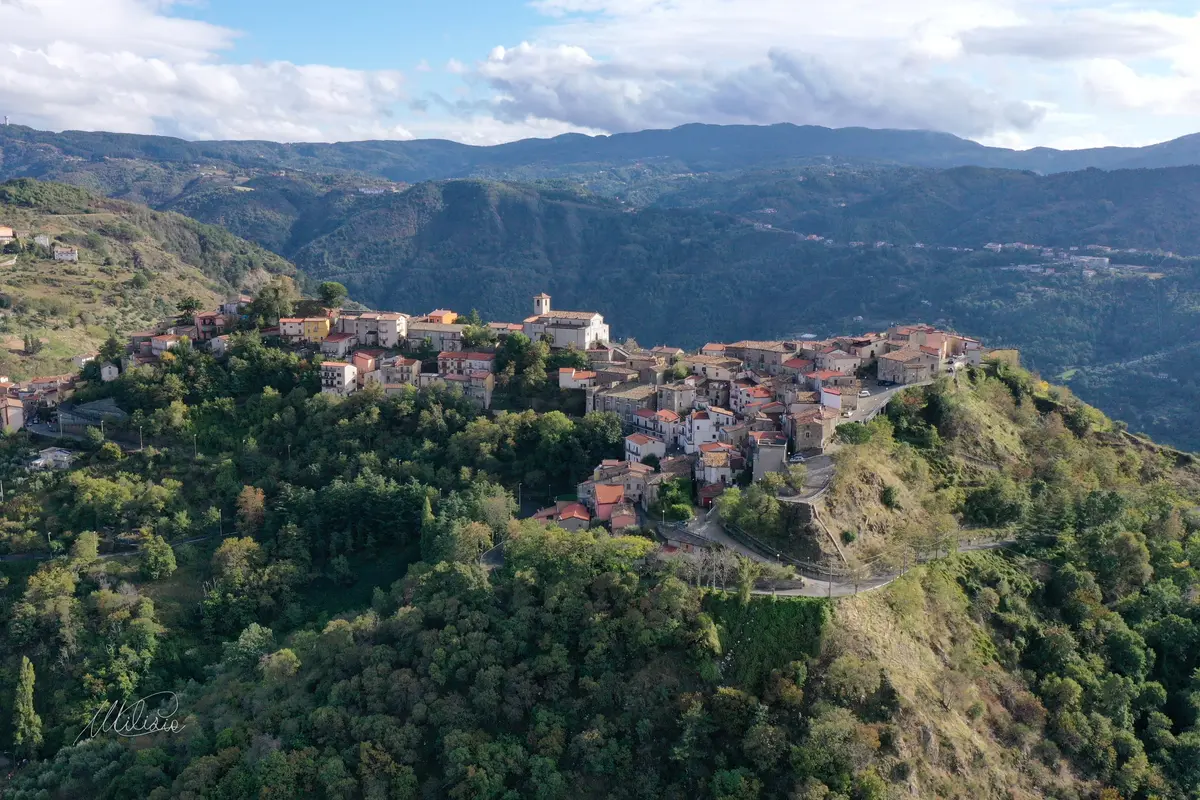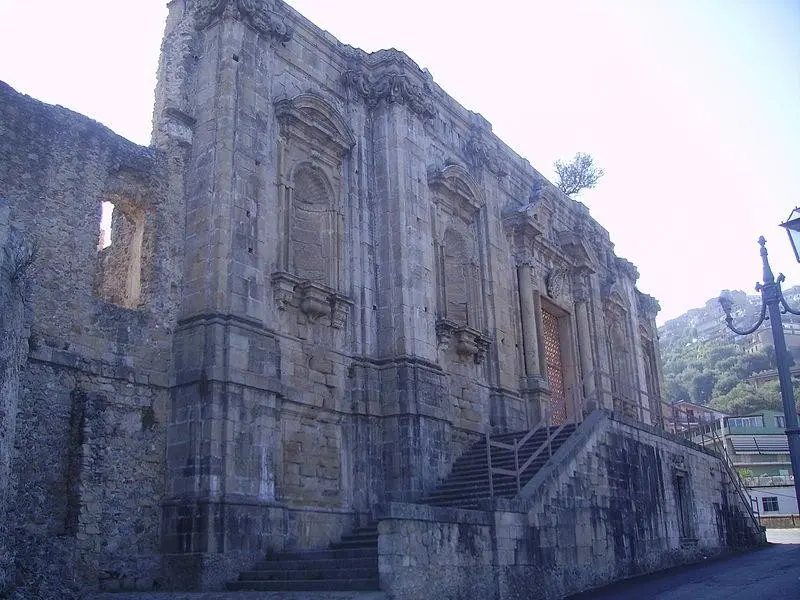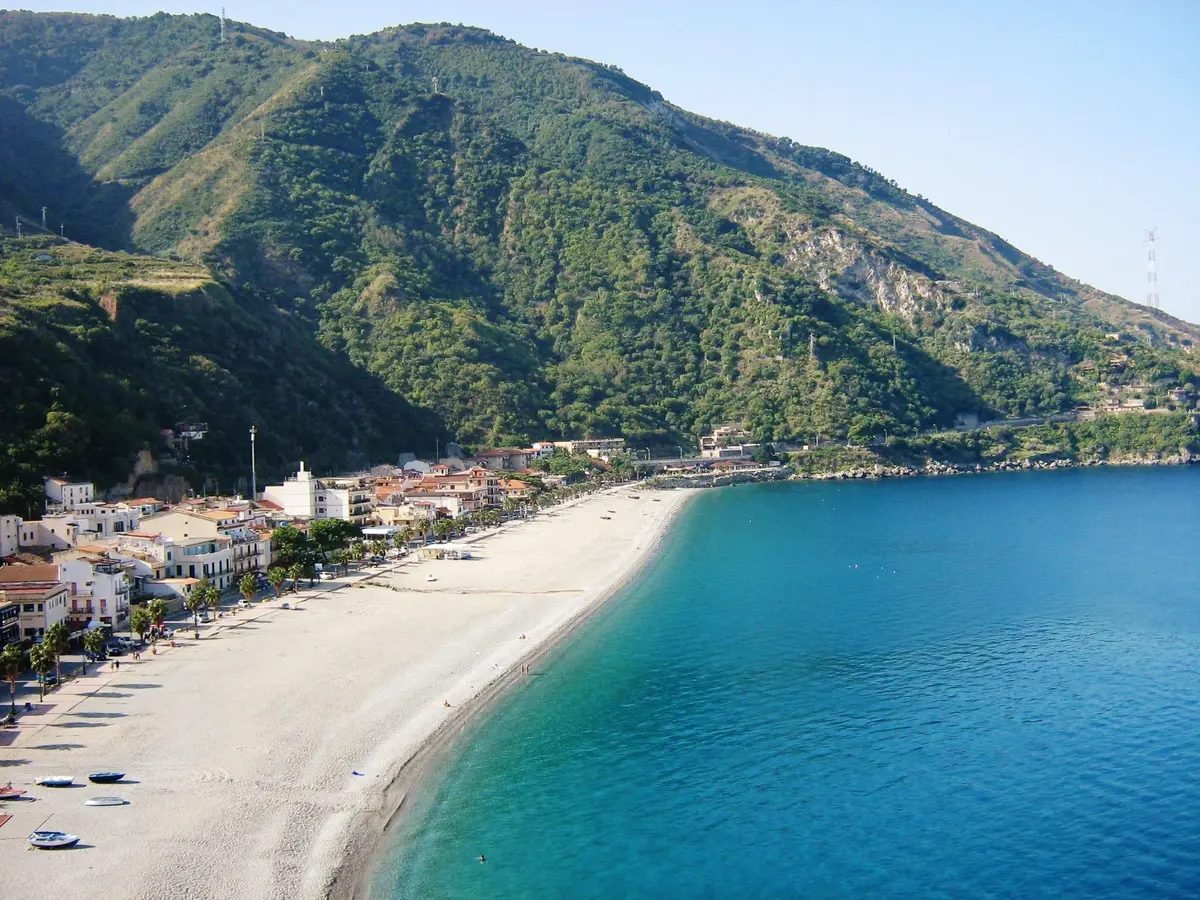Calabria and earthquakes, between history and legend
Narratives and artefacts bearing witness to earthquakes in Calabria
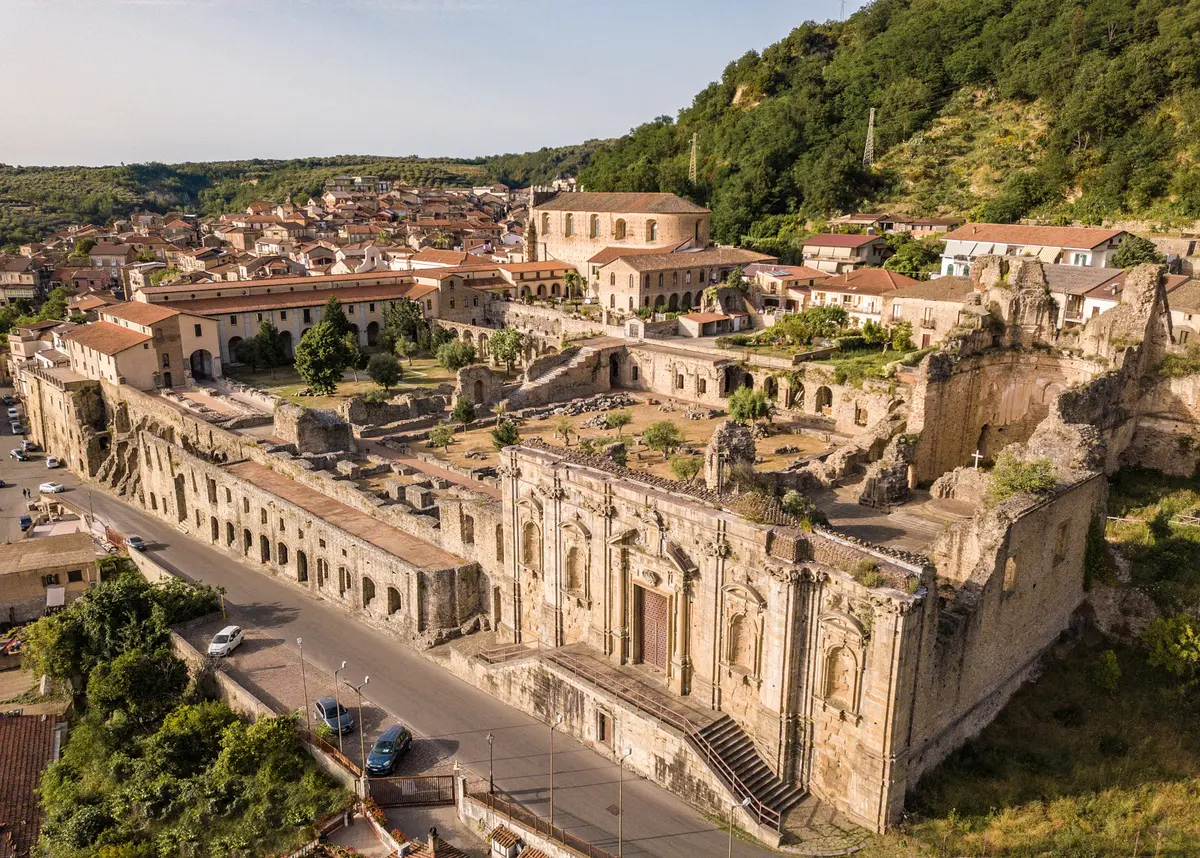
Art and Culture
Polo Museale Soriano Calabro - Regione Calabria
The history of earthquakes in Calabria is an integral part of the region's history and that of its affected communities, which, over the centuries, have been able to rebuild and reinvent themselves, creating a veritable narrative and artistic tradition on the theme of "the shaking earth".
From the ruins of Reggio Calabria, razed to the ground by the terrible earthquake of 1908, to the more recent MuTerr - Earthquake Museum in Soriano Calabro, Calabria tells visitors about its long history of reconstruction and tenacity, from ancient times to the present day.
Let's visit together the main places that bear witness to the earthquakes in Calabria and the will to be reborn.
Earthquakes in Calabria, history and legends
While it is true that Calabria is privileged for its panoramic location between the Ionian Sea and the Tyrrhenian Sea, with an extraordinary view of the Strait of Messina, it is equally true that, from a geological and topographical point of view, this same location makes it one of the most seismic regions in Europe. Proof of this can be found in the numerous earthquakes that have regularly occurred in Calabria since ancient times: even in Homer's era, Ulysses and his companions had to battle the whirlpools of Scylla and Charybdis, tidal waves generated by underwater tremors.
Among the most destructive earthquakes in Calabria are certainly those of the 17th century (such as the so-called "Terremoto delle Palme" of 1638, which particularly affected the city of Lamezia Terme and the current province of Catanzaro with over 10,000 victims) and the catastrophic earthquake of 1783, which struck the current province of Vibo Valentia with violence, destroying monumental sites such as the Charterhouse of Saints Stephen and Bruno in Serra San Bruno and the Convent of San Domenico in nearby Soriano Calabro (epicentre). The earthquakes in Calabria in these two locations are linked to incredible legends and stories, such as the miraculous one that still sees a granite spire balanced on the ruins of the ancient charterhouse.
Other destructive earthquakes in Calabria were those of 1894 and 1905 along the entire Tyrrhenian coast and, above all, the catastrophic "Reggio and Messina Earthquake" of 1908: the most severe seismic event on the European continent, which devastated all the seaside towns of the current "Costa Viola".
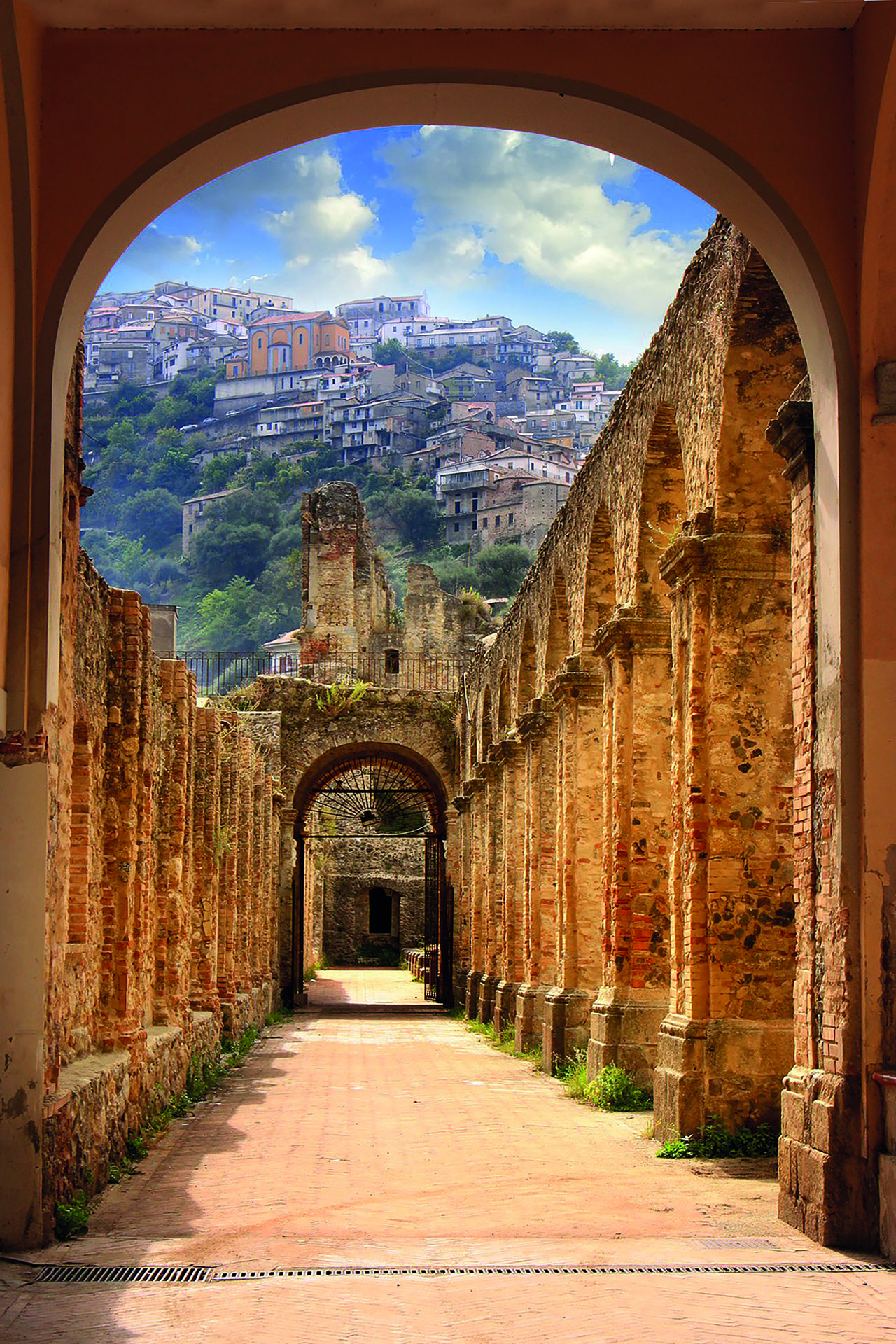
Reconstruction and rebirth: the "new" cities
Just as happened in Val di Noto, Sicily, the earthquake of 1908 caused total destruction but also led to the rebirth of the city of Reggio Calabria, whose current appearance is the result of 20th-century reconstruction. This reconstruction was in line with the fashion of the time: the Art Nouveau style, which gives us the elegance of a "new historic centre" with a Belle Époque flavour. A stroll along Corso Garibaldi or Via Marina is enough to appreciate the splendour of the Art Nouveau buildings that characterise the city: floral colours and shapes, stuccoes, mouldings, mosaics and painted glass. All decorative elements that can be appreciated along the entire coast, from Bagnara Calabra to Palmi.
The Vibo Valentia area, in particular the village of Soriano Calabro, has also reacted to the damage caused by earthquakes in Calabria in a virtuous manner. Some examples? A visit to the ruins of the beautiful Convent of San Domenico can be combined with a ticket to the MuTerr - Earthquake Museum: a highly original space that traces the troubled seismic and geological history of the region (in addition to the Marble Museum and the Art Gallery). Built in the underground spaces of the convent, the museum amazes visitors with its futuristic architecture, which reproduces an evocative 'seismic wave' in its roof. In the History, Anthropology and Architecture sections, you can learn about the geological and social dynamics of earthquakes in Calabria through history, science and future prospects.
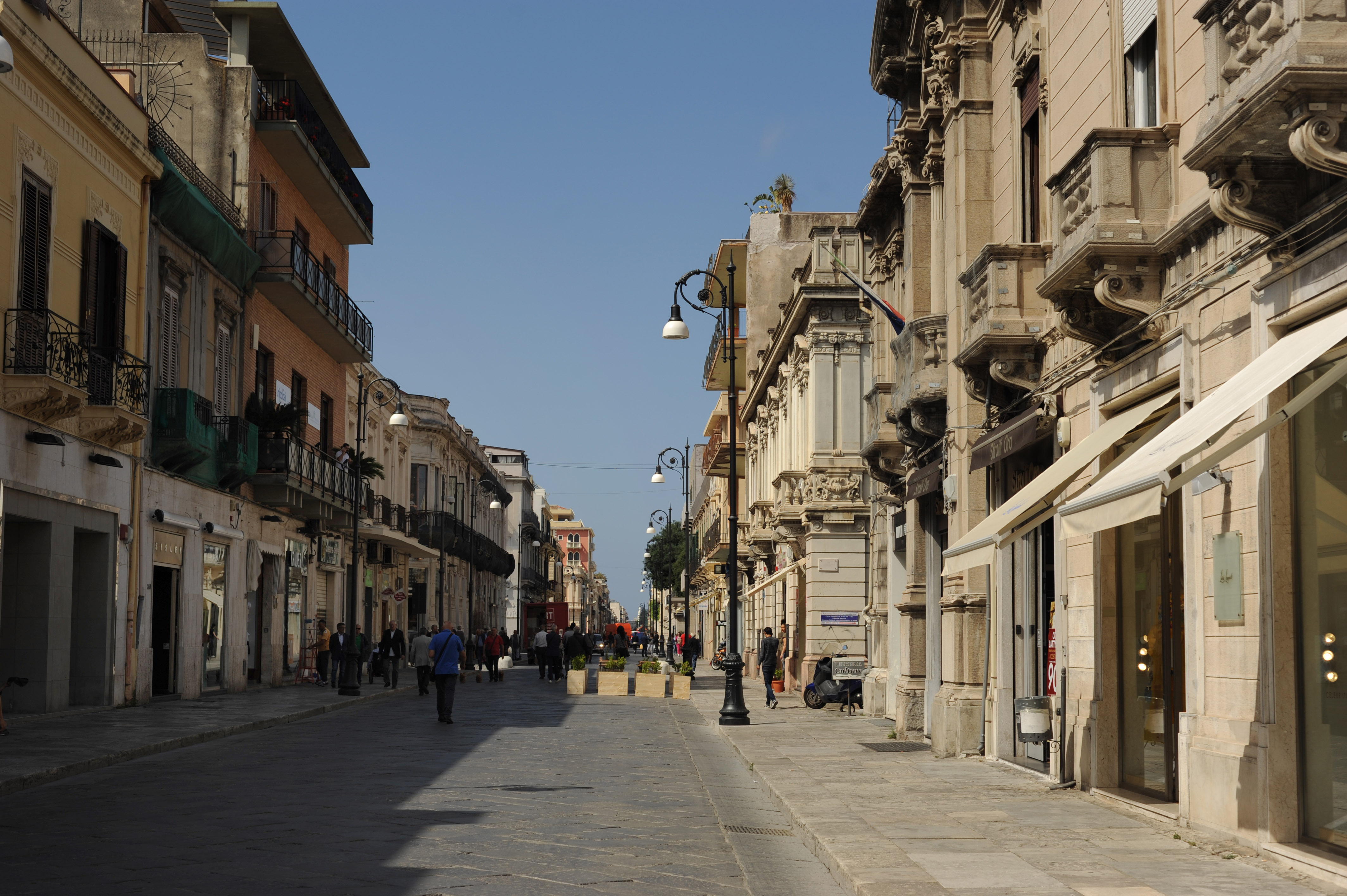
https://calabriastraordinaria.it/en/news/calabria-and-earthquakes-between-history-and-legend
